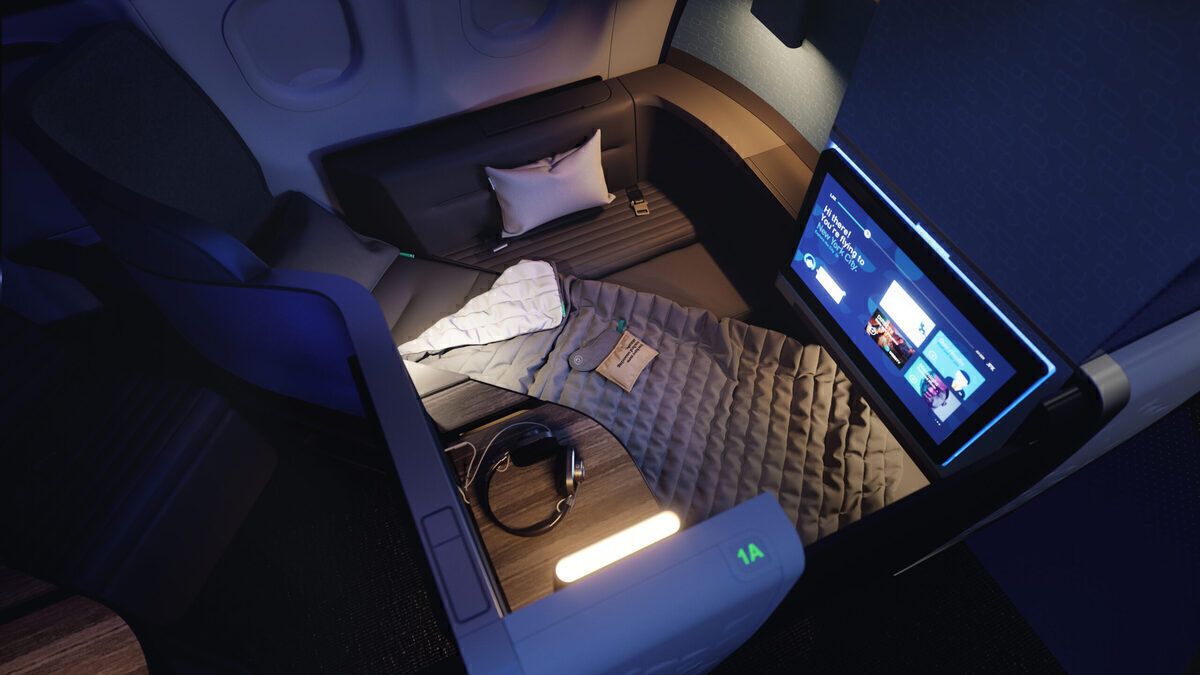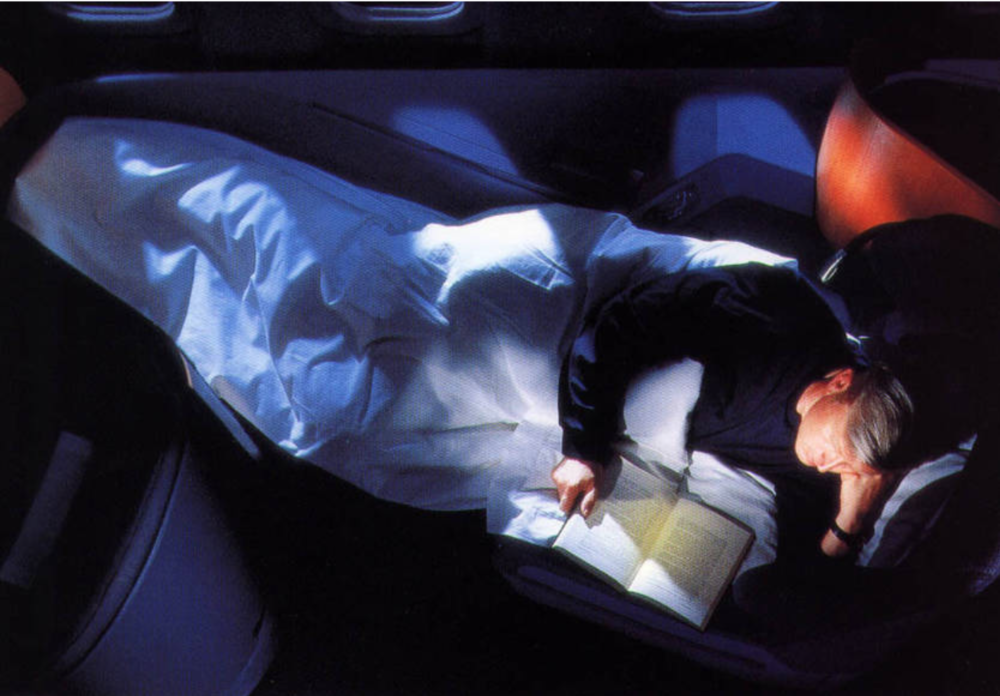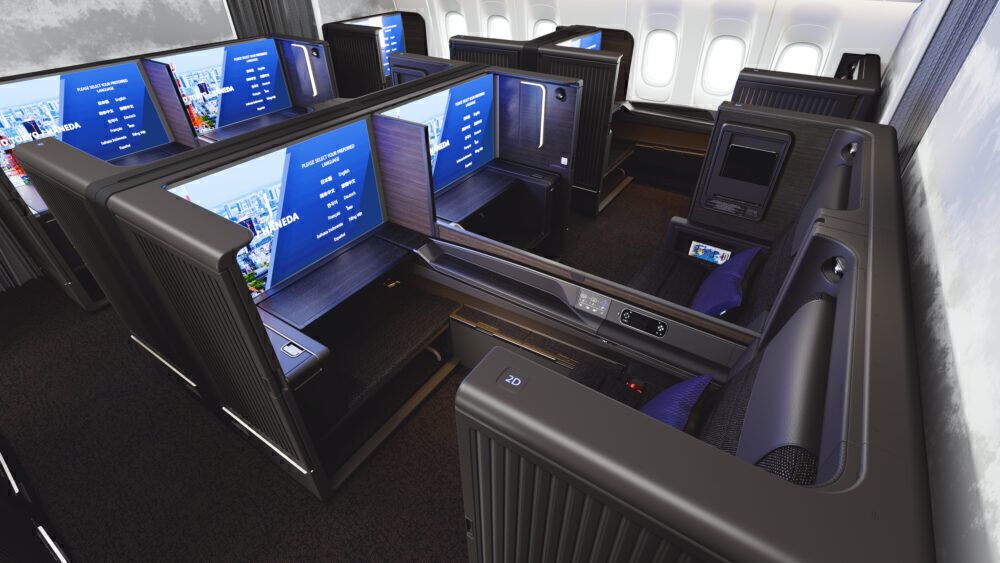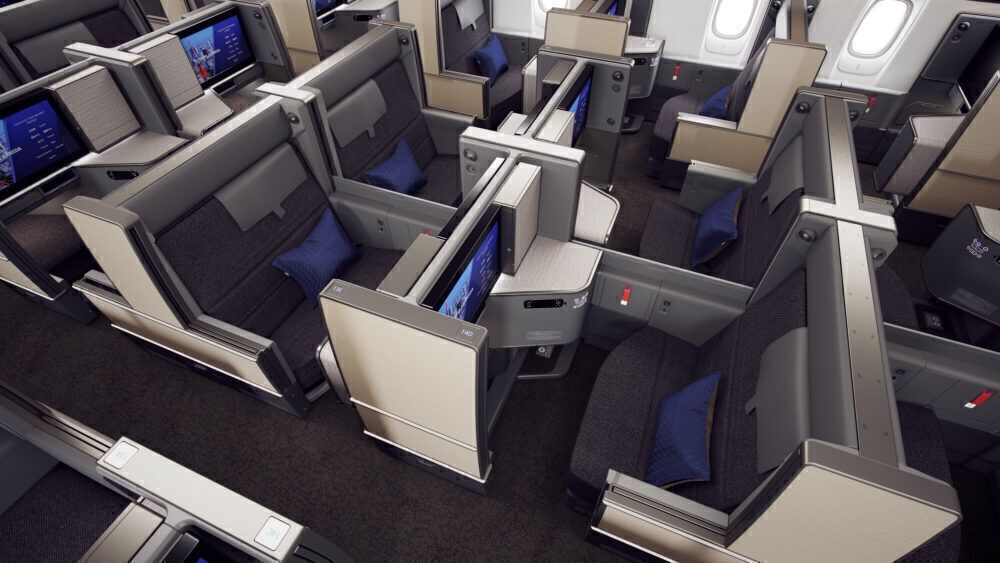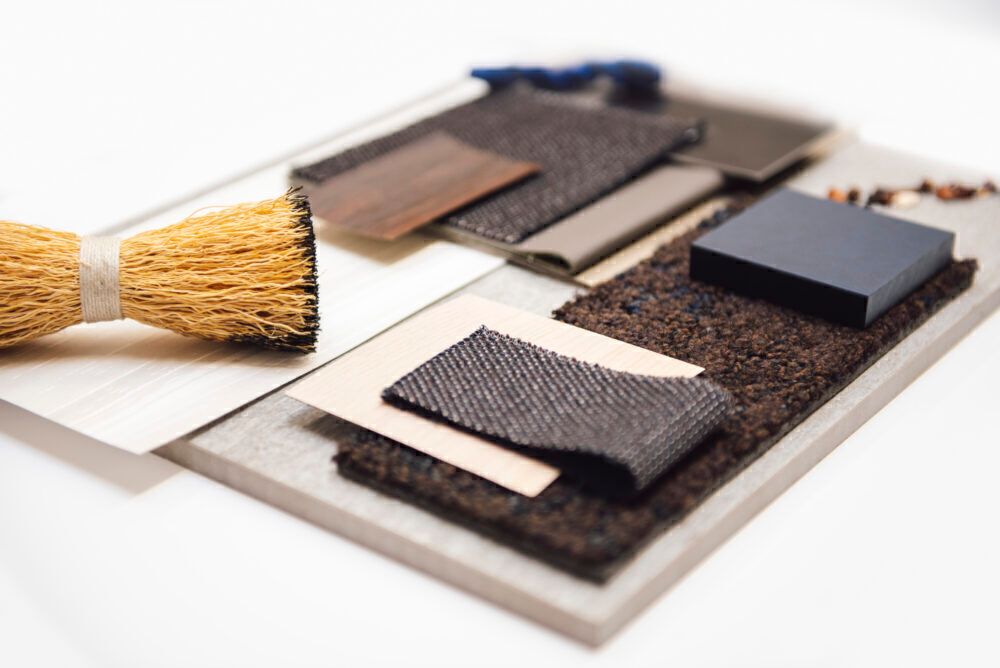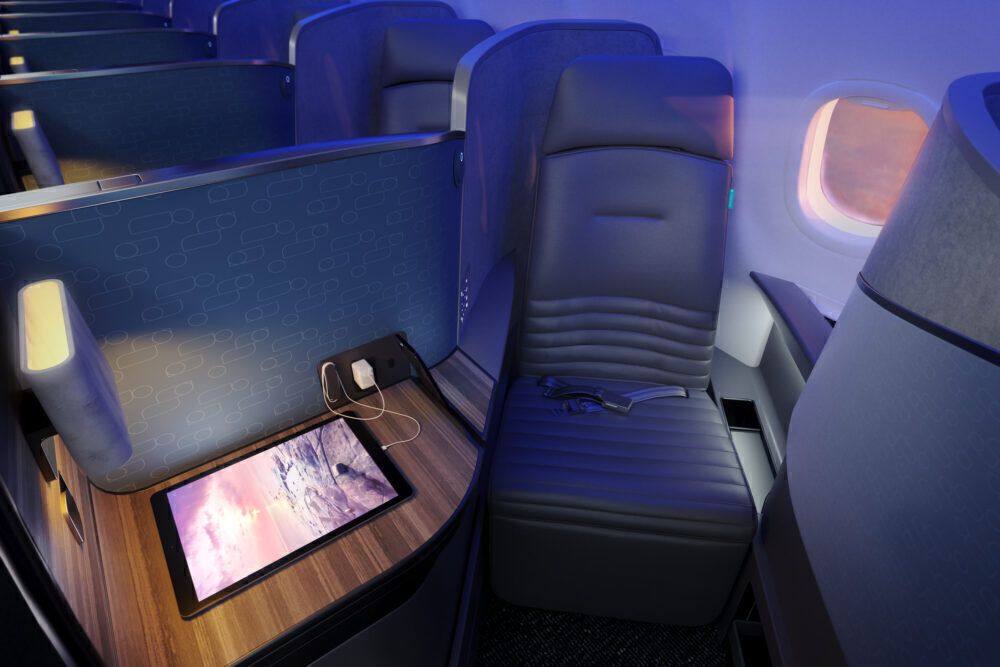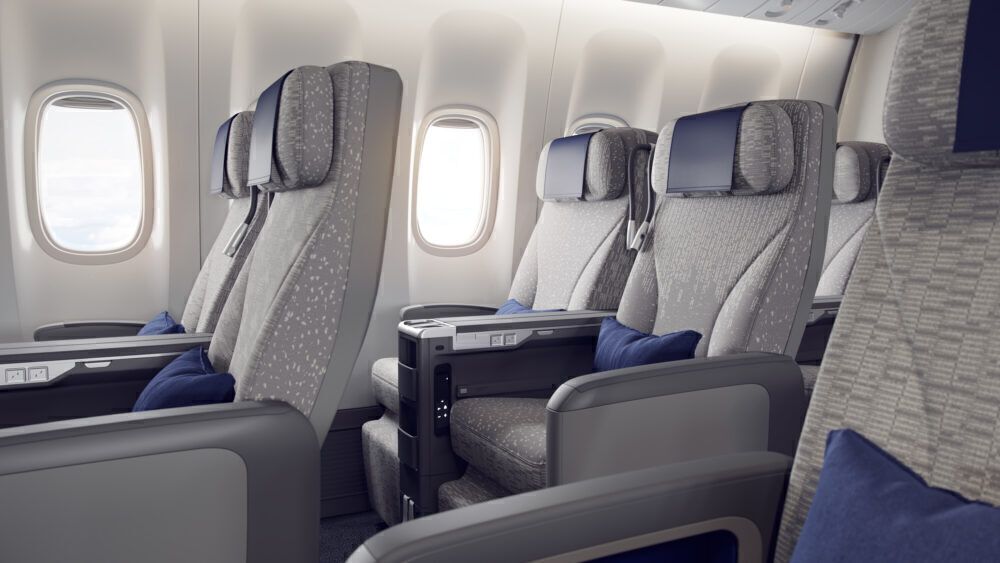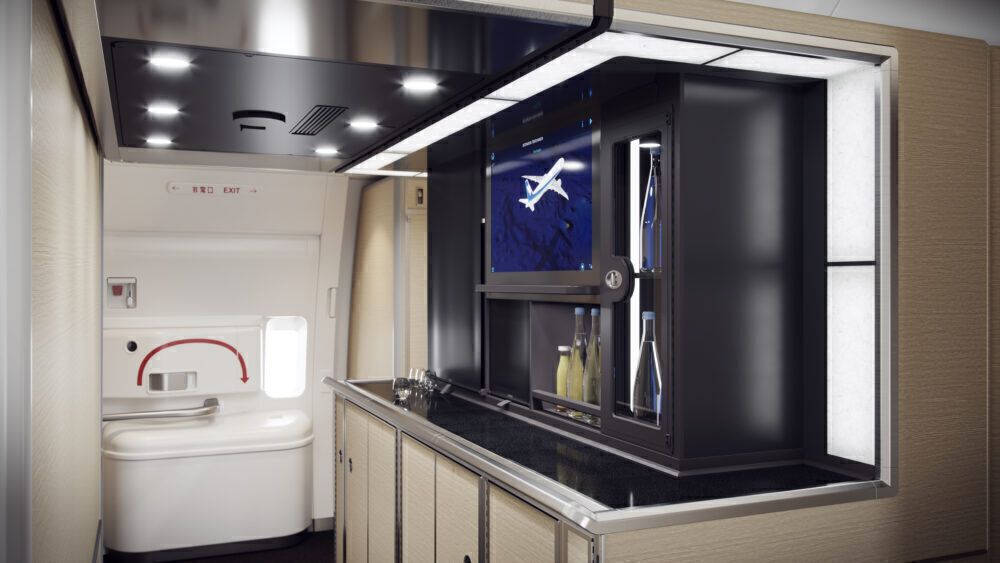From British Airways to Korean Air, Acumen Design Associates has been behind some of the most recognizable and influential cabins across the aviation industry. A lot of careful consideration is taken with each innovation to ensure that both airlines and passengers are delighted with the results. To understand the thinking behind the designs, Simple Flying recently spoke with the company’s CEO, Ian Dryburgh and Brand Experience Director, Mike Crump, about their creative approach.
A creative background
Innovation has always been at the core of Acumen’s DNA. Over the years, Acumen has worked on a diverse range of briefs from powerboats to Action Men. However, appropriately enough, its first major commission was in 1981 to design a range of office seating for Hille International. Hille’s ‘Shape’ range of furniture proved to be a commercial success for many years.
Acumen was ready to make a name in the aviation industry in the middle of the 1990s. In 1996, it collaborated with British Airways to launch the first-ever lay-flat bed on a commercial aircraft. This "Bed in the Sky” completely revolutionized premium seating across the industry, allowing the company to achieve global recognition with multiple awards.
On the back of this success, airlines came flocking, hoping to provide similar offerings to their passengers. As a result, Acumen worked with United Airlines to progress certain aspects of the flatbed concept by introducing ottoman storage, a swing-out monitor, and expanded work surfaces. United’s new First Class cabin seating with these enhancements was launched in 1997. The following year American Airlines introduced the Acumen designed Signature First Class suite, which was the first-ever swivel lay-flat seat on a commercial airline
By the turn of the millennium, Acumen was recognized as a global aviation pioneer, introducing lay-flat seats with Cathay Pacific and Air France, amongst others.
Global put personal
Acumen explains that it operates in collaboration with its clients and suppliers. It’s not just part of a chain of delivery but works hand in hand with all stakeholders involved to complete each project. The company adds that a project is never short-term as it can take several years to bring an innovative concept to market. Moreover, the relationships with airlines are often long-standing. For instance, Acumen was the prime inventor behind United’s recent Polaris business class seats. Therefore, amid this long-term mentality, Acumen describes itself as a “creative partner.”
Working on narrowbody and widebody aircraft across the globe, it is quite probable you will have sat on a seat designed by Acumen. Over the past 25 years, the company’s clients have included:
- Air France
- British Airways
- Lufthansa
- SAS
- JetBlue
- United Airlines
- Delta Air Lines
- American Airlines
- ANA
- Air Canada
- Korean Air
- Air China
- China Southern
- THAI
- Etihad
- Gulf Air
Stay informed: Sign up for our daily and weekly aviation news digests.
Altogether, since 1996, the business has worked on over 40 successful aviation programs. Despite holding such a global footprint, Acumen prides itself on tailoring its designs to each region. The firm manages to bring out the flavor of their client’s culture without compromising the key factors such as comfort, space, and entertainment.
Acumen affirms that experience is everything. So, it’s important that the business goes for this holistic approach across every point in the passenger journey. Overall, it wants customers to have a memorable trip.
The finishing touches
Colour Materials & Finishes (CMF) is an area that is crucial to Acumen’s delivery. CMF concentrates on the decorative, vibrant, and tactile identity of products and surroundings. Ultimately, it can be the difference between good and great design.
“Acumen is in our name, and business acumen is in our DNA and understanding of the industries we work in. We believe that design is about repositioning brands and businesses by creating innovative products that really stand out. So we're all about shifting the status quo and disrupting the market.” Crump told Simple Flying.
“We're not just about creating new fancy-looking things. We want to profoundly change the market that we operate in by questioning and delving deeply into the motivations and ambitions of the business, and coming up with innovations and solutions that wow people.”
Covering all the angles
Amid this approach, the company immerses itself into a client’s heritage and core values. The immersive process informs colors and material selection captured in a creative strategy. This aspect can be seen with two of Acumen’s recent designs on two sides of the globe.
With ANA’s Boeing 777s, Crump and Dryburgh’s teams showcased Japanese culture with a global twist, adhering to the airline’s mission of welcoming an international audience.
Then, with JetBlue’s A321neo aircraft, the airline exemplified the carrier’s New York background, bringing a residential and urban feel - while maintaining comfort throughout the plane. Importantly, it’s not just seats that are considered. Acumen works on areas throughout the interior, including the lavatories, bars, galleys, and entrances.
Even though each of Acumen’s designs is tailored to suit the needs of its clients, there is an underlying consistency to its stance. Comfort, ease of use, and accessibility are at the core of its values. Clients may have unique approaches to space utilization onboard their aircraft, however as Dryburgh summarises it, each cabin interior has to be an inclusive design regardless of the constraints. Adopting this policy has undoubtedly helped Acumen excel through the years.
Altogether, what are your thoughts about Acumen Design Associates’ work across the industry? Also, which cabin of theirs have you enjoyed experiencing the most? Let us know what you think in the comment section.

